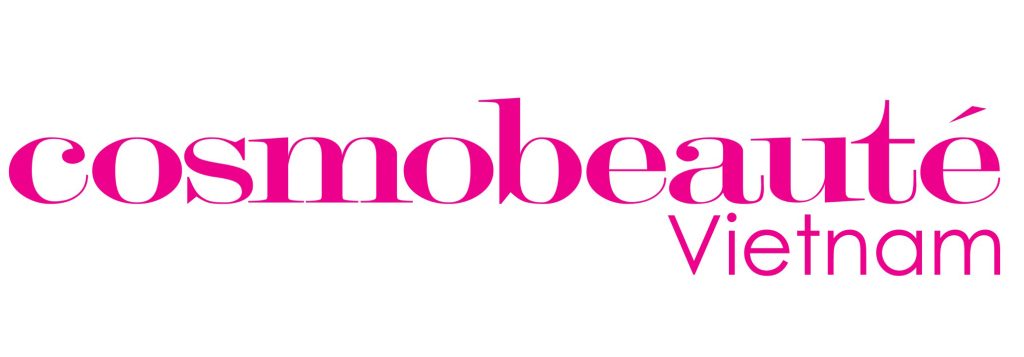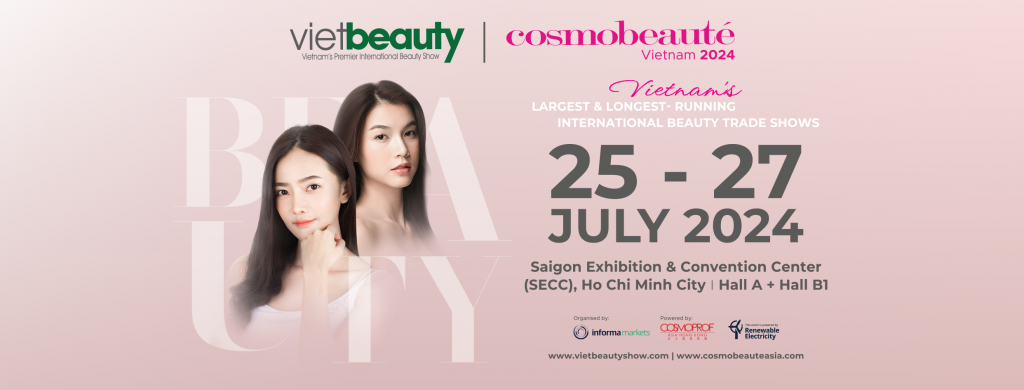Vietnam has the fastest-growing middle class in Southeast Asia, fueling demand for consumer goods, including luxury cosmetics.
Vietnam has the fastest-growing middle class in Southeast Asia, fueling demand for consumer goods, including those of an expensive nature. Despite the COVID-19 pandemic negatively impacting sales in 2020, a strong bounce back in 2022 means the revenue of the luxury cosmetic market in Vietnam is expected to increase as consumers begin to regain confidence in spending.
For example, Sephora, the beauty trailblazer with its prestigious luxury cosmetic products, has launched its first e-commerce store in the country. Consumers in Vietnam can now shop online for more than 70 brands in one place. These brands include Rare Beauty, Fresh, The Ordinary, Sephora Collection, among many others. Orders will be delivered directly to customers’ doorsteps from Singaporean warehouses.
Luxury Cosmetics Market Size & Recent Numbers
Statistically, Vietnam’s middle-class population is among Southeast Asia’s fastest-growing. Due to rising incomes, consumers are expected to demand more luxury goods, such as cosmetics and personal care products. About 30% of Vietnamese women wear lipstick every day, followed by cleansers, sunscreens, and masks, according to a survey conducted by Statista in 2020.
The value of Vietnamese personal care and beauty products was estimated at USD 2.3 billion in 2021, according to the report. With a growth rate of 5.9%, the market size is expected to clock USD 2.45 billion this year.
By 2025, the personal care and beauty products’ market in Vietnam is expected to generate revenues of USD 2.3 billion at a compound annual growth rate of 5.9%.
Cause for Vietnam’s market’s attraction
According to a report cited by Academia.edu Vietnam is considered one of the world’s most promising”emerging economies” going through significant changes, and so has a great deal of potential as a consumer market. Many Vietnamese people show a strong desire for luxury goods. The middle class is growing, living standards are improving, and income distribution is changing with a high growth rate.
Approximately 800 emerging urban consumers were surveyed by the National Economics University of Vietnam in Ha Noi and Ho Chi Minh city. The results indicate promising opportunities for foreign companies offering luxury products since the Vietnamese market has a high level of status-based consumption.
As a result of changes in consumer beliefs regarding material possessions and acquisition, Vietnamese consumers today believe that luxury objects serve as indicators of success and achievement, and can be a source of happiness for individuals. Local brands were also reported to be relatively low in preference over foreign brands among urban consumers. Foreign products offer symbolic value, which gives them an edge over their local counterparts, and consumers purchase foreign products to elevate their status.
Consumers in emerging economies, however, are price-sensitive, which presents challenges for luxury brands. Local products are more likely to be purchased by Vietnamese consumers when the country’s image, visibility, and quality are improved. This is especially true if they show a great deal of pride and identification with the country.
According to the previously mentioned report 45.39% of the country’s income is already generated by the 20% with the highest income. With growing power, they represent the main driving force of the economy despite being a small percentage of the population.
Although the super-rich category constitutes only 1% of the population, the upper-middle class is growing at an exponential rate.
Cre: cekindo




